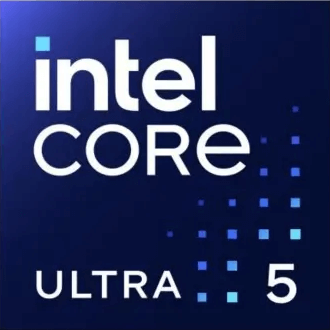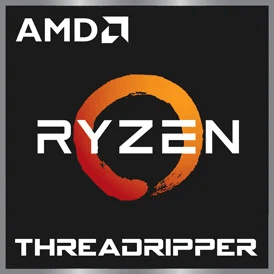AMD Ryzen 7 8700G vs Intel Core Ultra 5 225
We compared two desktop CPUs: AMD Ryzen 7 8700G with 8 cores 4.3GHz and Intel Core Ultra 5 225 with 10 cores 3.3GHz . You will find out which processor performs better in benchmark tests, key specifications, power consumption and more.
Main Differences
AMD Ryzen 7 8700G Advantages
Higher base frequency (4.3GHz vs 3.3GHz)
Intel Core Ultra 5 225 Advantages
Released 11 months late
Higher specification of memory (6400 vs 5200)
Larger memory bandwidth (102.4GB/s vs 83.2GB/s)
Newer PCIe version (5.0 vs 4.0)
Larger L3 cache size (20MB vs 16MB)
More modern manufacturing process (3nm vs 4nm)
Score
Benchmark
Cinebench R23 Single Core
AMD Ryzen 7 8700G
1778
Intel Core Ultra 5 225
+16%
2079
Cinebench R23 Multi Core
AMD Ryzen 7 8700G
+4%
17858
Intel Core Ultra 5 225
17059
Geekbench 6 Single Core
AMD Ryzen 7 8700G
2737
Intel Core Ultra 5 225
+1%
2791
Geekbench 6 Multi Core
AMD Ryzen 7 8700G
+2%
14342
Intel Core Ultra 5 225
14010
Cinebench 2024 Single Core
AMD Ryzen 7 8700G
103
Intel Core Ultra 5 225
+21%
125
Cinebench 2024 Multi Core
AMD Ryzen 7 8700G
+5%
990
Intel Core Ultra 5 225
940
General Parameters
Jan 2024
Release Date
Dec 2024
AMD
Manufacturer
Intel
Desktop
Type
Desktop
x86-64
Instruction Set
x86-64
Zen 4 (Phoenix)
Core Architecture
Arrow Lake
-
Processor Number
225
AM5
Socket
FCLGA-1851
Radeon 780M
Integrated Graphics
Arc Graphics
Ryzen 7 (Zen 4 (Phoenix))
Generation
Ultra 5 (Arrow Lake)
Package
25 billions
Transistor Count
17.8 billions
4 nm
Manufacturing Process
3 nm
45-65 W
Power Consumption
65 W
-
Max Turbo Power Consumption
121 W
95°C
Peak Operating Temperature
105 °C
TSMC
Foundry
TSMC
178 mm²
Die Size
243 mm²
CPU Performance
8
Performance Cores
6
16
Performance Core Threads
6
4.3 GHz
Performance Core Base Frequency
3.3 GHz
5.1 GHz
Performance Core Turbo Frequency
4.9 GHz
-
Efficiency Cores
4
-
Efficiency Core Threads
4
-
Efficiency Core Base Frequency
2.7 GHz
-
Efficiency Core Turbo Frequency
4.4 GHz
8
Total Core Count
10
16
Total Thread Count
10
100 MHz
Bus Frequency
100 MHz
42x
Multiplier
33
64 K per core
L1 Cache
192 K per core
1 MB per core
L2 Cache
3 MB per core
16 MB shared
L3 Cache
20 MB shared
Yes
Unlocked Multiplier
No
1
SMP
1
Memory Parameters
DDR5-5200
Memory Types
DDR5-6400
256 GB
Max Memory Size
256 GB
2
Max Memory Channels
2
83.2 GB/s
Max Memory Bandwidth
102.4 GB/s
Yes
ECC Memory Support
No
Graphics Card Parameters
true
Integrated Graphics
true
1500 MHz
GPU Base Frequency
-
2900 MHz
GPU Max Dynamic Frequency
1800 MHz
768
Shader Units
-
48
Texture Units
-
32
Raster Operation Units
-
12
Execution Units
-
15 W
Power Consumption
-
7680x4320 - 60 Hz
Max Resolution
-
8.12 TFLOPS
Graphics Performance
-







